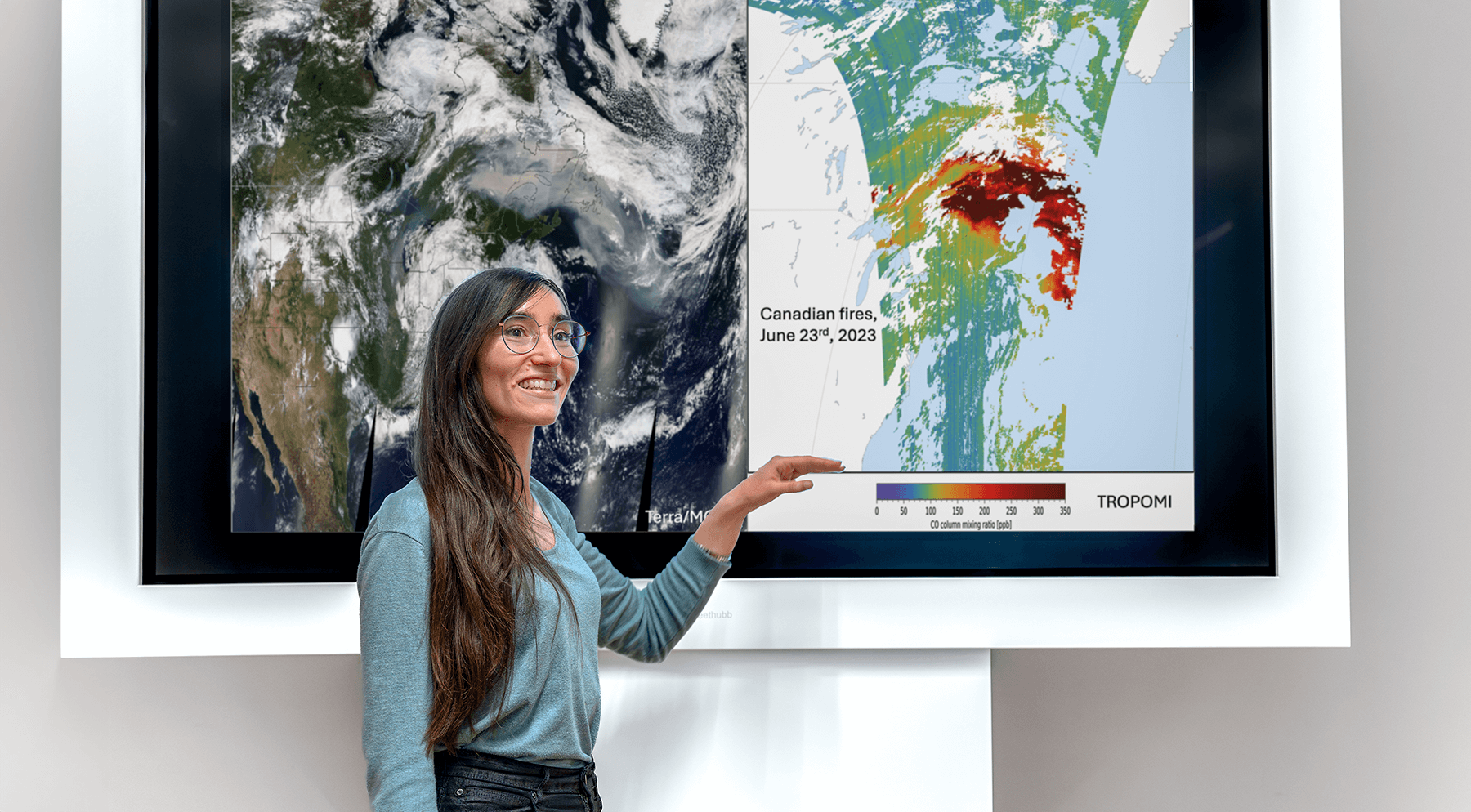Vacature
Atmospheric Scientist
- Leiden
- PhD
- Fulltime
max € 76.000 per jaar bij fulltime aanstelling
max € 76.000 per jaar bij fulltime aanstelling
Are you an ambitious, highly motivated, and result driven (postdoctoral) scientist with experience in interpreting atmospheric observations using transport modelling? Then you are the person we are looking for.
Reducing methane emissions has become an absolute priority of global climate policy. Satellites have been both a catalyst and prime supporter of these reductions by revealing large emission hot spots around the world. SRON has been at the forefront of this revolution by providing key data and analysis. SRON is the co-Principal Investigator Institute for TROPOMI, a Dutch instrument realised together with ESA and launched October 2017. SRON’s responsibilities include the development and maintenance of the operational algorithms for methane and carbon monoxide. We have various research projects focusing on methane emissions using the TROPOMI satellite data, also in conjunction with high spatial resolution satellites like GHGSat, Sentinel-2, EnMAP, that allow us to pinpoint emissions to individual facilities, enabling mitigation efforts. You will analyse TROPOMI – and other satellite – methane data to study methane emissions around the world including from large super-emitters that are urgent mitigation targets.
